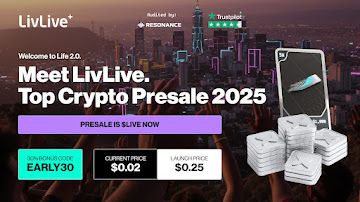Google Unveils AI Payments Protocol with Stablecoin Support
Google launches AP2, an AI payments protocol supporting stablecoins and digital assets, enabling secure, automated transactions with major tech and crypto partners.
Google has launched a new AI payments protocol that supports both traditional and digital assets, including stablecoins. The protocol, called Agents to Payments (AP2), is open-source and is designed to make it easier for AI applications to make and receive payments. To construct this system, Google teamed up with big-name techs and crypto companies, like Coinbase, Salesforce, and the Ethereum Foundation.
Google Teams with Coinbase for Stablecoin-Powered AI Payments
This new initiative is a huge step in converging artificial intelligence technology and financial technology. According to Google, the AP2 protocol enables AI “agents” to perform transactions on behalf of users. These agents are intelligent agents that can do things such as buying products on the web, managing money or negotiating services-all without direct human intervention.
For example, an AI personal shopper could browse through an online store, select clothing items and clear the purchase automatically. Similarly, an AIF (artificial intelligence financial assistant) would compare mortgage rates and process a homebuyer’s application. These use cases demonstrate the coming together of AI and payments in new ways.
Related Reading: Inside Google’s Private Testnet: The Future of Blockchain Payments? | Live Bitcoin News
To provide stablecoin transactions, Google collaborated with Coinbase, which has already got its system for AI and crypto payments. Google also worked with more than 60 other organizations such as American Express, Etsy and Metamask to make sure the protocol supports a wide range of payment methods.
According to James Tromans, head of Web3 at Google Cloud, the protocol was “designed once, from scratch” to process both conventional payments and digital assets. “We wanted to have something that could play with the tools people currently have but be able to also adapt to whatever the future of finance is,” he said in an interview with Fortune.
Digital Asset Support Grows with Google’s AI Payment Innovations
The basic function of AP2 is a tool called ‘Mandates’. These are cryptographically signed instructions that serve as proof that a user gave illegitimate permission. Mandates can be used with paying bills or those orders given to AI agents, such as buying a specific service or product regularly or managing subscriptions. This helps to add a layer of security and trust to AI-driven transactions.
To take crypto integration further, Google launched the A2A x402 extension. Additionally, it developed the tool with Coinbase, the Ethereum Foundation, and Metamask. This extension makes it possible for reliable and secure stablecoin-based payments by AI agents.
Timing of this launching is also important. Recently, the government of the U.S. has shifted its support toward digital assets. In July, President Donald Trump signed a law that granted stablecoins official regulatory approval. This law gives the crypto space new validity and motivates large tech companies to innovate.
As a result, Google’s new protocol comes at a time when AI and crypto are both biggish trends. By integrating these technologies, Google is seeking to be at the start of the more ‘moneyed’ age. This could mean one day that automated systems will simplify day-to-day payments and make digital commerce faster and easier, as well as more intelligent.
In conclusion, Google’s AP2 protocol is a sign of a new era in digital payments. With the backing of stablecoins and artificially intelligent agents, the company is helping to pave the way for the smarter, more flexible, financial services the world needs.
You May Also Like

Why Bitcoin Loses to Gold in 2025

Here’s Why Community Members Leaving Pepe Coin Are Rushing Into LivLive ($LIVE) This Week
